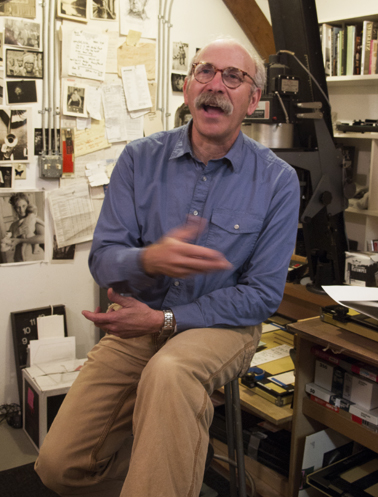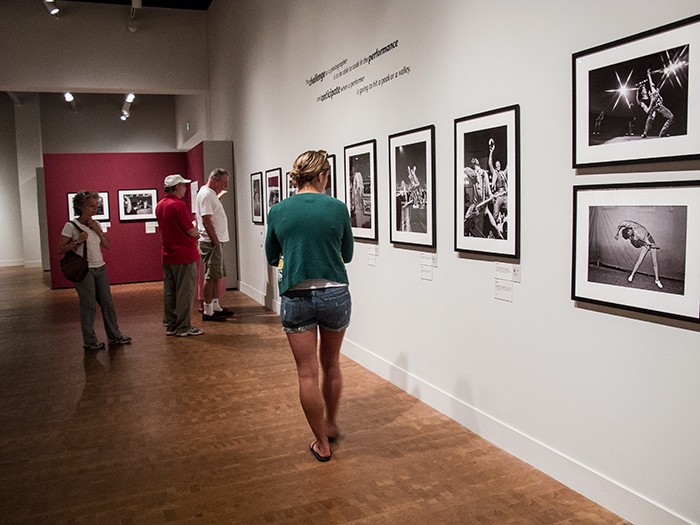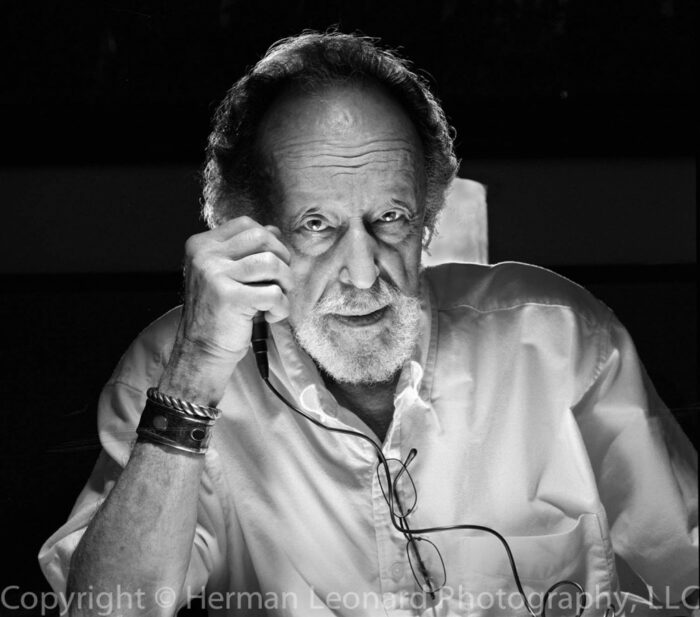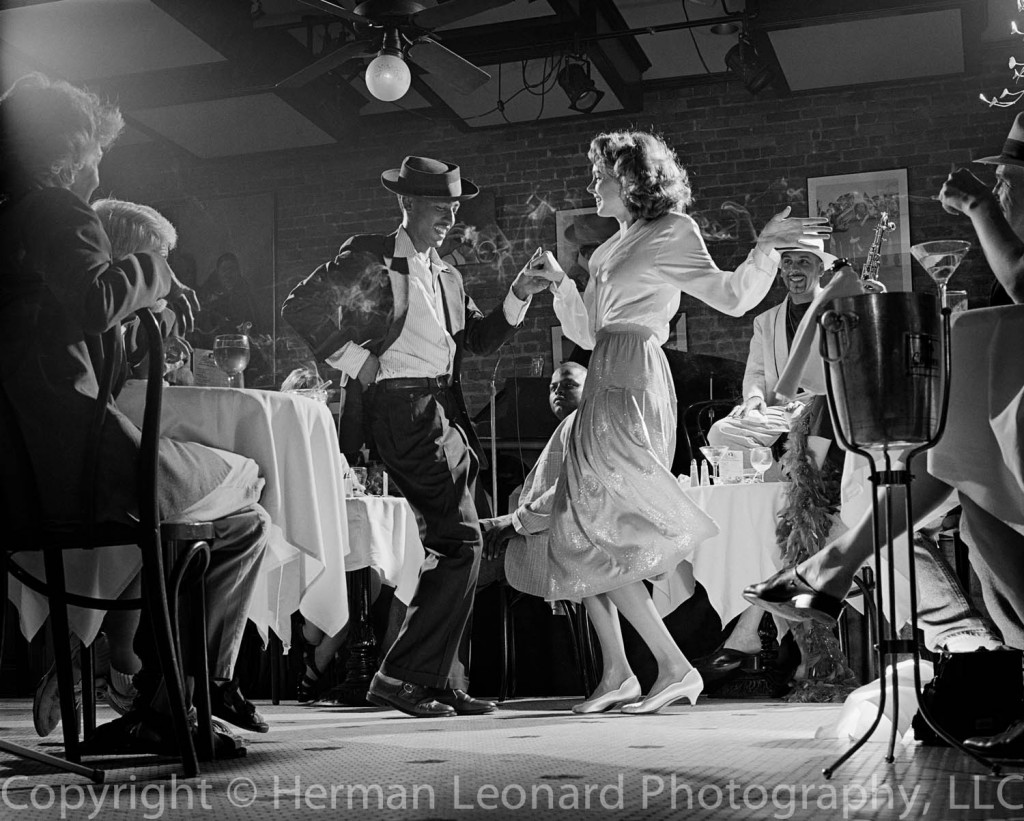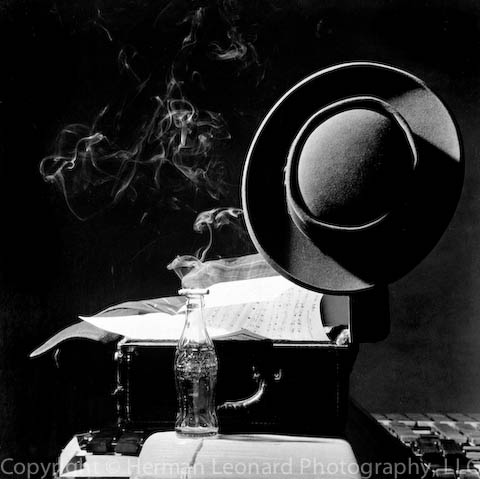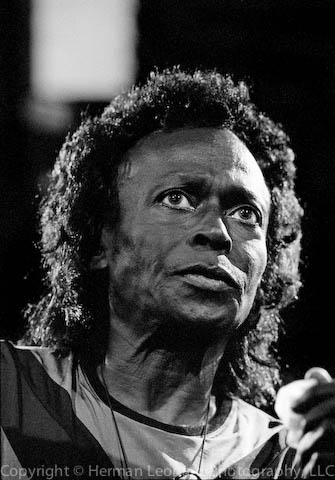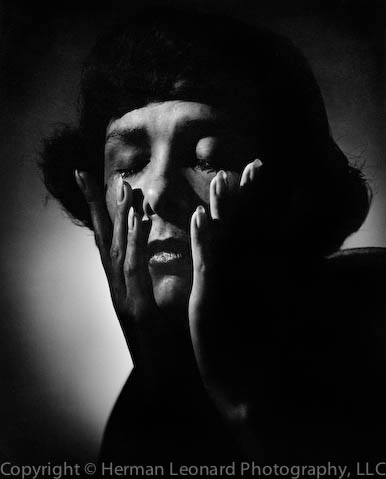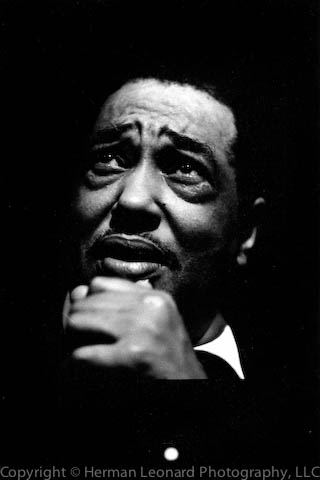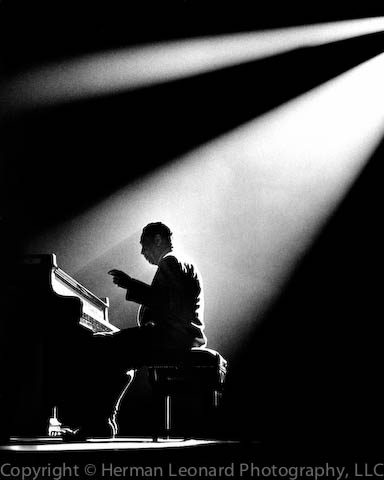PhotoWings + Ashoka U Webinar: Visual Literacy
There are many valuable things you can learn from photography, not only by looking at them but by exploring and utilizing knowledge within and around them. These are all skills that can be utilized in valuable ways in your work and in your life. They include: out-of-the-box thinking, communication techniques, gaining trust and access, visual literacy, critical thinking, applied empathy, resilience, ethical considerations, preservation, and other critical changemaker aptitudes. We have carefully chosen assignments that will cover a number of these issues.
Session contents:
Topics:
- Looking at Photographs - How to "read" and interpret them
- Ken Light - "Reading" The Work of photographers Sebastião Salgado and Wayne Miller
- How to Understand and Apply Visual Literacy - Museum of Photographic Arts (MOPA), San Diego, California
- How to think about Visual Literacy - from the heart, through your own photographs
- Photographer Brigitte Carnochan and her Interpretive Journey - Between One Life and Another
- Truth and Manipulation in Photography
- Ken Light - Stories of Richard Avedon
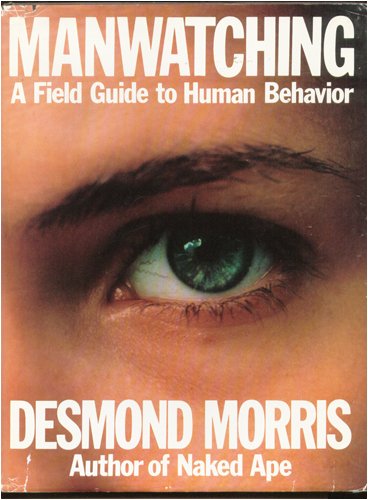
Morris, Desmond. Manwatching: A Field Guide to Human Behavior. (New York: H.N. Abrams, 1977)
Morris, Desmond. Manwatching: A Field Guide to Human Behavior. (New York: H.N. Abrams, 1977)
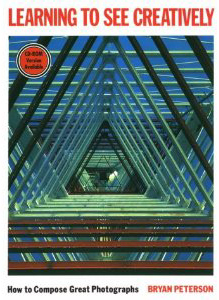
Peterson, Bryan. Learning to See Creatively: Design, Color and Composition in Photography. (New York: Amphoto Book, 2003)
Peterson, Bryan. Learning to See Creatively: Design, Color and Composition in Photography. (New York: Amphoto Book, 2003)
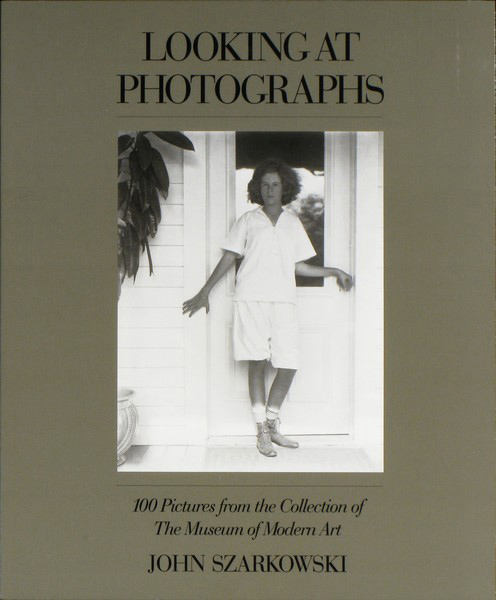
Szarkowski, John. Looking at Photographs: 100 Pictures from the Collection of The Museum of Modern Art. (New York: The Museum of Modern Art, 1976)
Szarkowski, John. Looking at Photographs: 100 Pictures from the Collection of The Museum of Modern Art. (New York: The Museum of Modern Art, 1976)
What is visual literacy?
Visual Literacy is about how people "read," think about, and interpret imagery. Since photographic images inform, reflect, communicate and help shape our culture, it’s important to enhance your ability to better understand them. This is a complex issue, however, because interpretation is subjective with many considerations. Everyone brings their unique perspectives and life history into how they interpret what they see. Images can also be complicated by various ways and degrees of manipulation, so a close read of an image can help you evaluate the realities of what you're seeing. You can, however, practice the act of "reading" an image, paying close attention to detail and analyzing what you see. It is an active practice, something you will improve over time and engagement. Having a firm understanding of visual literacy will provide an interesting area for you to explore and share your ideas, and will also strengthen the way you utilize visual images.
Everyone has a different perspective.
There are many different things to consider in regard to looking at photographs. Here are some:
- There are formal characteristics to look for — composition, light and gesture, as well as technical aspects such as how it was made.
- Viewers could think about the historical moment in which the photo was made, or who took the photo.
- Photographs should be considered in terms of their context — with other images, such as in a collection, in an exhibit or in an album. Is it a "one off," or is it part of a larger story? What’s being said about it?
- Where it's seen may flavor our interpretation — is it in a museum or in an advertisement?
- Photographs can change meanings for different people in different ways, over time and cultures.
- The meaning of a photograph can be interpreted and utilized in ways that the photographer never intended or imagined.
- They can represent various forms of reality.
- The viewer can think about how it relates to them, or if it’s aesthetically of interest.
It’s also relevant to consider the source, context and perspective of the viewer, who may concentrate a little more on areas that help define who they are:
- A photographer looking at a photograph may concentrate a little more on content, composition, light and technical aspects.
- The photographer who took the photo may be later influenced by the photo’s backstory or what happened as a result of the photo.
- A photo curator may have extra concern regarding its historical context, its place in their collection, its condition and its creator.
- A collector may look at how it fits into their collection and how it moves them, as well as its value.
- A casual viewer may think about how it moves and relates to them, and if it’s aesthetically of interest.
- A scientist or historian may find that it illustrates an area of professional interest.
There are so many lenses through which photographs are seen and interpreted. Below, we are to going to showcase the work of a few different photographers. Please think about the points above as you see the photographs discussed in this section.
Looking At Photographs - How to “read” and interpret them
Ken Light - Sebastião Salgado and Wayne Miller
About the speaker:
Ken Light is a well-respected social documentary photographer, educator, and author who has been a leader in the field of photojournalism for over 30 years. PhotoWings has worked with him over the past year in relation to his latest book, Valley of Shadows and Dreams. Please check out our in-depth feature with Ken.
Why it is important:
In these videos, Ken provides an opportunity to learn from his knowledge and personal experience as a leader in the field. We’ll hear him discuss his interpretations of the work of two world-renowned photographers. We’ll also hear about what he sees and what to look for in these extraordinary photographs as he looks deeply into them. He speaks to the quality of light, the composition, the impact of small details — gesture, intent — the feel of the images, the intimacy of the photographs. He speaks to how they tell stories. Ken demonstrates important elements in an image, ones noticed both consciously and subliminally.
What you will learn:
Following this section, you can better understand what details to look for, how to think about this work, how it might help inform your understanding of images, and how it can help your own articulation of photography.
Click here: 'Reading' the Images of Sebastião Salgado and Wayne Miller
Sebastião Salgado
Sebastião Salgado is widely considered to be one of the world’s top photographers, whom Ken describes as working in the “humanistic tradition.” Salgado has done a number of extraordinary long-term projects on broad topics — migration, workers, and land. He is a UNICEF Goodwill Ambassador and an honorary member of the Academy of Arts and Sciences in the United States.
Wayne Miller
Wayne Miller, best known for his work in the groundbreaking photography book, Family of Man, was awarded 2 Guggenheim fellowships and is known for a wide range of work including in LIFE Magazine and for his sensitive work photographing the South Side of Chicago.
Museum of Photographic Arts (MOPA), San Diego, California
Emphasizing visual literacy at the museum level
About the MOPA:
“We believe that photography is the visual currency of our time. Accordingly, the programming philosophy of MOPA is based on teaching visual literacy— the purpose of which is to enable individuals to deal critically with photography and related lens-based media and understand its impact on our lives”
Why it is important:
The MOPA is a world leader in teaching and utilizing visual literacy in a museum setting. The staff at MOPA is extremely articulate in describing what visual literacy is and how they embrace it as an institution.
What you will learn:
You will learn how to develop visual literacy skills based on evidence seen. You will also learn about developing "relationships" with images in order to see different things each time to deepen your interpretation of it.
Click Here: A Museum and Visual Literacy at the MOPA

A view of the reading room at the Museum of Photographic Arts, San Diego. Image Courtesy Suzie Katz 2010
Below, listen to MOPA staff members discuss how they think about and utilize visual literacy. Incorporate that knowledge into your own deep seeing, interpreting, and understanding. Think about how it can inform your own photography when you’re behind the lens. Also think about how it can enhance your ability to articulate thoughts about photographs that you and other people have made.
Amber Lucero-Criswell, Director of Education & Public Programs at MOPA
The Visual Thinking Strategies are an method for teaching visual literacy. Students are asked open-ended, yet structured questions about what they see in images, providing corresponding visual evidence for their answer. Below, listen to Amber discuss how MOPA adapted the Visual Thinking Strategies for their usage:
Listen to Amber discuss visual thinking strategies:
Part one:
Part two:
Because of people's different natural faculties and backgrounds, age or grade-level isn't always the best way to measure someone's visual literacy skills. To address this, scholar Abigail Housen developed a way of measuring aesthetic development that is used by VTS. Listen to Amber discuss aesthetic development:
Deborah Klochko, Executive Director of MOPA
Hear Deborah discuss, "Why is a picture worth a thousand words?"
How to think about Visual Literacy
from the heart, through your own personal photographs
After watching this video, think about how you can explore your own photographs. Think about looking for clues and stories to interpret those old photos — how they may have influenced how your life was formed and how you can utilize that information.
Brigitte Carnochan - Imagining Then
About the Speaker:
Brigitte Carnochan is a well-respected fine art photographer and an articulate educator, currently teaching at Stanford University. She shares her uniquely personal story in words and memories through a complicated and collaged tapestry of historically relevant Platinum Palladium photographs. Acting as much of a historian as an artist, Brigitte takes the tattered odds and ends of old photographs and documents and joins them together to create a new, fuller narrative of her family history.
Brigitte was born in Germany during the Second World War. Her parents separated when she was three. While fighting for Nazi Germany, her father was captured by American troops and remained estranged from her until 1976. Shortly after the war, she and her mother immigrated to the US to begin a new life. When Brigitte was 35, her father finally made contact with her. After reconnecting to her birth father, she spent the next 10 years trying to interpret what she learned. The resultant photo collages show how she has bravely and beautifully gone back into her complicated past in order to explore and interpret it.
Click here to read more about Brigitte Carnochan
What you will hear:
In these videos, she shares some of the personal history that she explores in her art. Examine how this helped her process this family history and how it influenced her life.
Truth and Manipulation In Photography:
What you're watching:
In this video, Ken Light shares a story that he heard from acclaimed photographer Richard Avedon and his father's photographs from childhood. He describes how the photographs depict Avedon's family with a slightly bent truth, creating a story to the images that wasn't necessarily true. How do these bends of truth change the way that we look at images? We will be discussing this topic with more depth in both the Ethics and Critical Thinking sections, seeing how truth and manipulation in photographs can have dramatic effects.
Why it's important:
The stories behind photographs may not be as clear as they seem. There is a story behind every photograph, but those events may not be the simple truths that you may think.
How you can use this:
Applying visual literacy in how you look at images will help you evaluate and understand the things you're seeing. Whether its a staged event or a misrepresentation of an event or scene, there are numerous ways that photographs may not be telling the truth. Ranging from news agencies distributing altered wartime photos, to advertisements altering the figures of their models, photographs often skew the "truth" of what we're seeing. Look closely, you'll be surprised by the details. If something doesn't look right, ask questions.
Looking Deeply Into Photographs:
Herman Leonard, Photographer
"It's only in retrospect that I realize the privileges that I had in following this career of photography. That camera is 'open sesame.'"
Directions:
1. Look at the set of images from the portfolio of photographer Herman Leonard (click the button below), following the directions listed in the section.
2. Watch the video that follows the images, hearing Herman Leonard talk about the photographs in his own words.
3. Now, take another look at the photos. Answer the questions below in your Tumblr, giving specific visual evidence from the photographs that back up your answers.
(You may also choose other photos discussed in this section and/or photos of your own to discuss similarly)
Click Here: Looking Closely at Herman Leonard's Photographs
Assignment Guide:
Look at all the photos first before you watch the video. Note your initial impressions of the photos. Also note the photos that speak to you or make you curious. Now watch the video and read Herman Leonard's biography.
For the "Palm Court Cafe, New Orleans" photo:
- Project your senses into the image. Can you articulate what the smells, feels, textures, sounds, and ambiance of these locations might have been like?
For the photos that speak to you:
- Make notes on telling details and gestures such as:
- What might someone's choice of jewelry say about them?
- A gesture of any type. A turn of a hat or a flow of a skirt can have a gesture.
- Is there something in the picture that makes you curious?
- Describe how composition or technical aspects affect your impressions of the photo.
- Look at the light and describe how it works in the photograph. Imagine if it was different — how would the picture change?
- What is the story being told in the photo?
- What do you think the photographer's intent was?
Click on the images to view larger
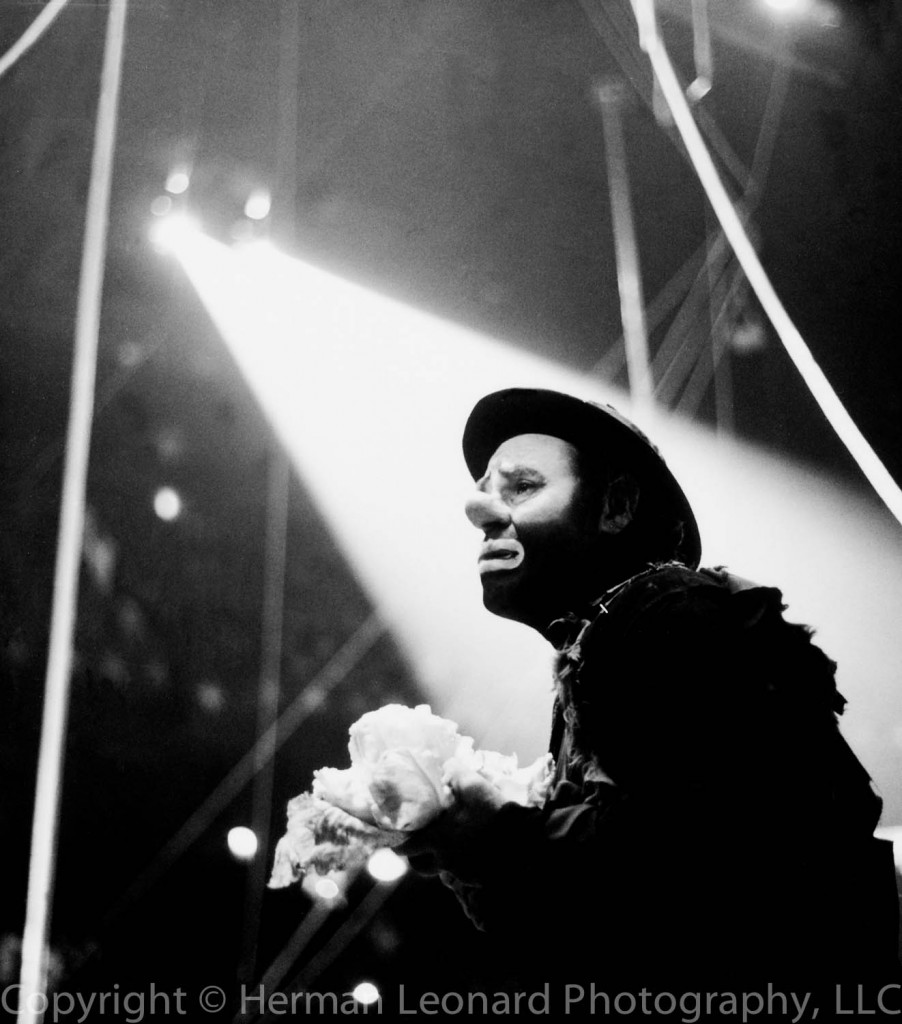
Circus: Emmett Kelly NYC, New York, 1953. Photograph by Herman Leonard © Herman Leonard Photography, LLC
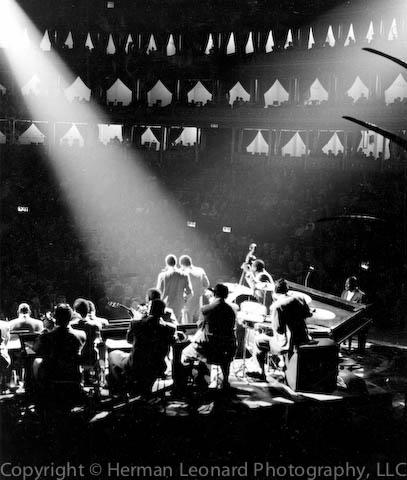
Count Basie Orchestra, London, England, 1958. Photograph by Herman Leonard © Herman Leonard Photography, LLC
After watching this video, revisit the images above. How do his stories change the way you look at the photographs?

